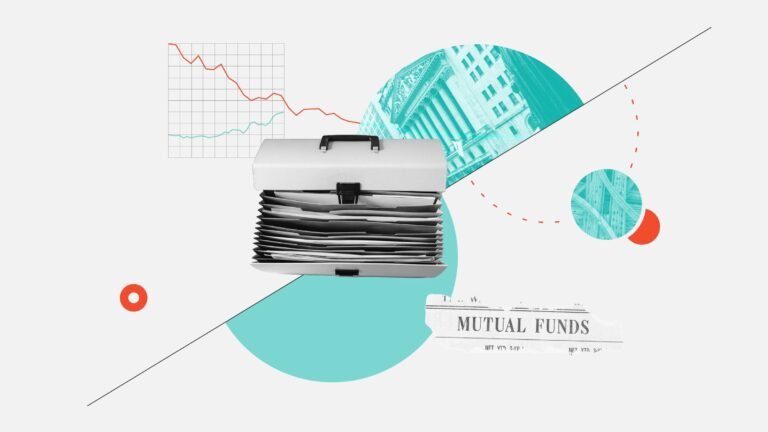The impact of First Brands Group’s Oct. 5, 2025, bankruptcy filing will continue to ripple across the financial ecosystem, but one lesson for fund investors is immediately clear: Position sizing matters, especially for dicey credits whose value can plummet in a handful of days.
That’s what happened to the market’s pricing of First Brands’ broadly syndicated loans in September. Earlier this year, the company seemed to be on solid enough financial footing, and its loans were trading near par. But in 15 trading days between mid- and late September, one of the company’s loans lost nearly two-thirds of its value before rebounding a bit.
Why Did the Value of First Brands’ Loans Fall So Fast?
Founded in 2013, First Brands expanded through acquisitions into a cash-generative global automotive parts business. Its multiple recognizable brands include Carter fuel pumps, Trico windshield wipers, and Fram filters.
Debt was key to that growth. At year-end 2024, the firm reported $1.1 billion of earnings before costs associated with interest, taxes, depreciation, and amortization, accomplished while carrying $6.1 billion of debt on the balance sheet. The company’s financial leverage ratio of more than 5 times wasn’t unusual compared with other highly leveraged below-investment-grade debt issuers.
What was unusual and what got First Brands into trouble were layers of off-balance-sheet debt from working-capital finance maneuvers. Selling customer invoices to investors at a discount for immediate cash, having lenders pay suppliers directly to conserve cash, and borrowing against unsold goods to get even more cash were the problems. Add its opaque disclosures, and lenders refused to restructure First Brands’ debt terms in September, leading to its Oct. 5, 2025, bankruptcy filing.
Funds With the Most Exposure to First Brands
While First Brands’ debt encompassed more than its broadly syndicated loans, the immediate impact of its bankruptcy shows in their impact on the funds that held them. Such loans are common below-investment-grade debt instruments in fixed-income portfolios. They carry floating interest rates and are secured by collateral assets of the borrower. Asset managers have for decades bought and held these loans for the attractive combination of their lofty yields and negligible interest rate risk.
By aggregating recent portfolio exposures to First Brands-labeled and related debt issues, we compiled a list of the strategies with the largest stakes relative to their respective portfolios. This universe includes everything from daily liquidity bank-loan mutual funds to diversified, semiliquid private credit funds. The exposures do not include managers’ ownership of First Brands debt via collateralized loan obligations that included First Brands loans in their portfolios. We are also relying on the most recent portfolios for vehicles that have different reporting cadences. These point-in-time snapshots may fail to capture managers who traded these loans in the time leading up to First Brands’ tumble.
Three semiliquid funds each had combined exposure to First Brands-related assets of more than 4% in June. The remaining seven funds, a mix of semiliquid and daily liquidity vehicles, each owned between 1% and 2% of First Brands’ debt, in some cases through just one debt issue.
These relatively sizable stakes would have hurt, which shows in most funds’ short-term performance. Of the eight funds with available return data through Sept. 30, 2025, five underperformed their Morningstar Category median year to date, with two landing in the bottom quintile of their peers.
Neither Keystone Private Income nor Prospect Floating Rate and Alternative Income, the two largest First Brands lenders on the list, had return data through September available in Morningstar Direct.
Position Sizing Is Crucial
The leveraged-finance universe is full of potential land mines like First Brands, and it’s unreasonable to expect managers parsing through speculative credits to avoid all of them. That’s why prudent position sizing alongside sufficient diversification is critical.
SPDR Blackstone Senior Loan ETF SRLN held up reasonably well despite its 0.59% First Brands weighting in mid-August. The managers opted to lock in a loss by exiting the position in late September at estimated dollar prices of roughly $0.35 to $0.40, according to Morningstar calculations.
Although this exchange-traded fund’s 0.50% gain in September ranked near the middle of the pack versus distinct bank-loan category peers for that month, it had a top-quartile 4.89% return through the first nine months of the year.

